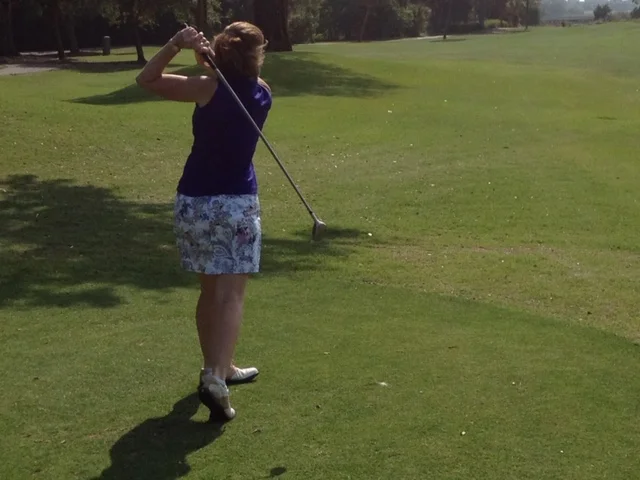DIN Settings, Jerry, and the Dreaded Pre-Release
Jerry entered our lives a few years back, and has not been able to keep his fingers away from the eject button ever since. We all have a Jerry in our lives. An athlete back in high school, Jerry has succumb to the 9 to 5 grind and the desk job and steady intake of double IPAs have hindered his athletic prowess. But none of that matters when Jerry steps onto the hill, he feels like he is 18 again. The send is in the air. Unfortunately for you and any other friends accompanying Jerry on the hill that day, Jerry also has not adjusted his bindings’ DIN setting since he was a teen, and before completing your first warmup lap Jerry decides to do his best Candide impression off of the cat track and now you’re looking for his skis after a seamless double ejection. 10 years ago the Marker Griffon 13s might have gotten the job done, but gravity is a mother fucker. God forbid you catch Jerry on a powder day; fresh snow is like crack for these ejection fiends, and there’s no chance in hell you will catch Jerry rocking a leash on his boards. I hope you brought your shovel.
So why won’t Jerry’s bindings stay on?
Today's bindings are designed to release the ski boot when certain levels of torsion or force are exceeded at the binding-ski boot interface, specifically at the heel and toe pieces, to prevent injury to the lower limb. The amount of force required for the binding to release the boot is determined by the DIN setting, an adjustable binding setting that takes into account the skier’s weight, height, type, age, and boot sole length. These release mechanisms were developed in an effort to improve the safety of the sport, and reduce the occurrence of tibia (shin bone) fractures. Back in the day, all the force to the ski was transferred proximally through the binding-ski boot interface to the shin bone. Now, before those large forces can be transferred to the leg, the bindings will release and prevent fractures in the lower extremities. Which brings us back to our friend, Jerry. He is still charging and sending it daffy off the kicker, but there is a bit more force upon impact these days and that DIN setting from 10 years ago is not getting it done. Jerry is a victim of the dreaded pre-release.
Selecting the appropriate DIN setting is a balancing act of preventing injury and pre-releasing. Typically expert level skiers will use a higher DIN setting because their aggressive style of skiing places higher forces on the boot-binding interface, and having a ski pop off while going 40 mph down a gnarly line in the Chugach could be much more life threatening than a torn ACL. Conversely, beginner skiers use lower DIN settings to avoid injury during the frequent twisting falls that occur after catching an edge.
Fortunately, modern ski bindings are effective at what they were intended to do, prevent fractures. Unfortunately, there’s no free lunch. While we’ve seen less fractures, the incidence of ligament injuries to the knee has increased. Rupture of the MCL or ACL (or both) has become a classic skier’s injury. Current bindings have become stagnant and still present significant risk to the knee joint. As such, knee ligament injuries are now the most prevalent injuries during skiing. Today, skiers are faced with a difficult choice; do I dial up the DIN to avoid pre-releasing but risk an ACL tear, or scale back the DIN and risk ejecting with some sketch terrain below? For Jerry, it’s the latter. But hopefully there will soon be a binding that does not require compromise, and will give Jerry the safety and protection he needs, and also the retention he deserves.










In Part 6 of this series of articles, Cathy describes her daily core strength and flexibility routine to stay strong and mobile.